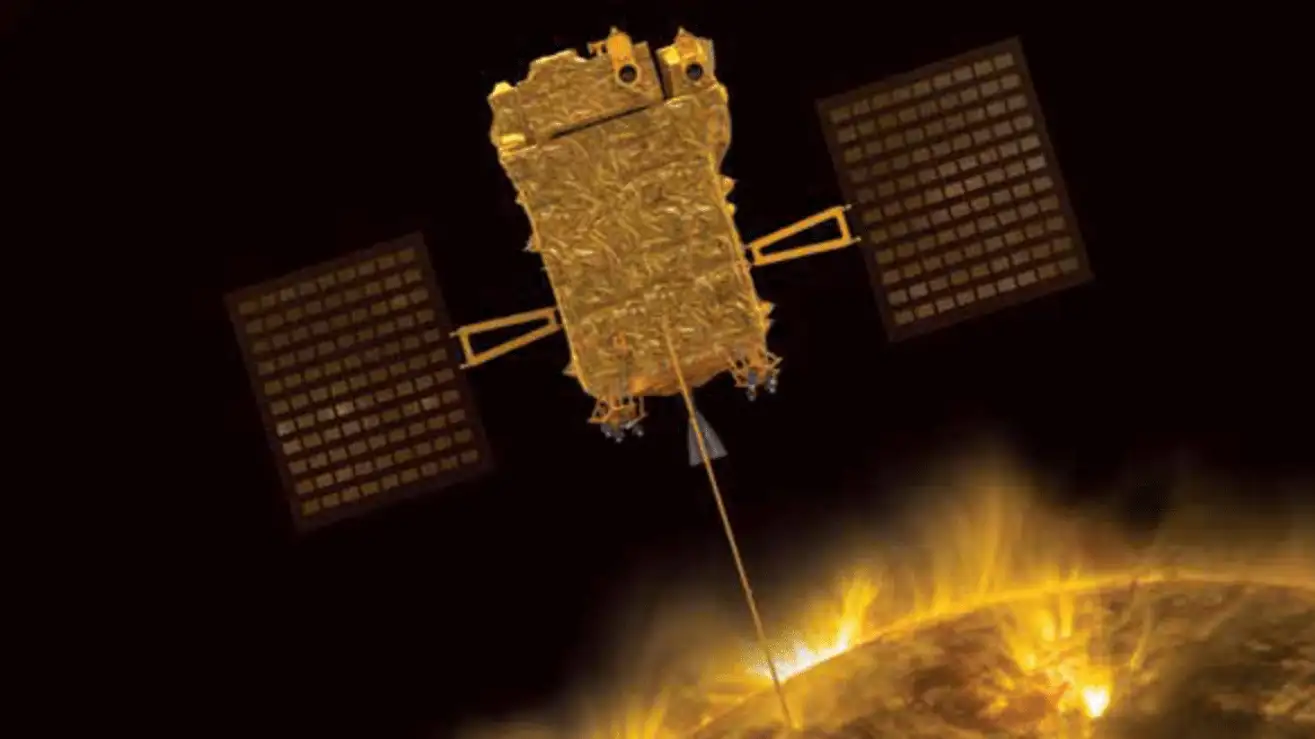Amid a wave of recent successes, India is poised to embark on a groundbreaking venture – its inaugural mission to the Sun. The ambitious endeavor follows India’s triumphant moon landing, a feat achieved less than a week ago. Named Aditya-L1, the mission is scheduled to launch on September 2 at 2:20 a.m. ET (11:50 p.m. local time) via a polar satellite launching from the renowned Satish Dhawan Space Center.
Representing India’s first foray into solar study, Aditya, a moniker derived from the revered Hindu sun deity, will scrutinize solar activity. The primary goal is to unravel the intricacies of space weather and its implications for Earth.
Read More: Teardown of Samsung Galaxy Z Fold 5 Uncovers Innovative Shock Dispersion Layer
Led by the Indian Space Research Organization (ISRO), the spacecraft is destined for the Earth-Sun Lagrange Point 1 – an oasis of gravitational stability located approximately 1.5 million kilometers away. The ingenious positioning of the satellite in a halo orbit surrounding the L1 point offers a unique advantage: an uninterrupted view of the Sun without any interference from obscurations or eclipses, as developed by ISRO.
The payload on board Aditya-L1 includes a suite of seven sophisticated science instruments. Four of these instruments will be deliberately fixed on the Sun and capture its multifaceted behavior. The remaining trio will serve a different purpose, carefully assessing particles at Lagrange Point 1. The goal of this careful study is to unravel the complex interplay between solar dynamics and the interplanetary medium—the space between celestial bodies and the Sun.
India’s excitement over its inaugural moon landing remains palpable. Chandrayaan-3, the nation’s second attempt to conquer the lunar surface, made a soft landing on August 23. By achieving this challenging feat, India joined the exclusive consortium of lunar conquerors comprising the Soviet Union, the United States and China. Additionally, Chandrayaan-3 proved to be a pioneer in successfully landing on the Moon’s South Pole, cementing its place in space history.
Bolstered by these milestones, India’s burgeoning space program is charting a transformative trajectory. The nation recently signed the Artemis Accords with NASA, signifying increased cooperation in the ongoing lunar initiative aimed at creating a lunar habitat. In addition, ISRO has outlined preliminary plans for upcoming missions to Mars and Venus, underscoring India’s unwavering commitment to unlocking the space mysteries that beckon beyond our home planet.

